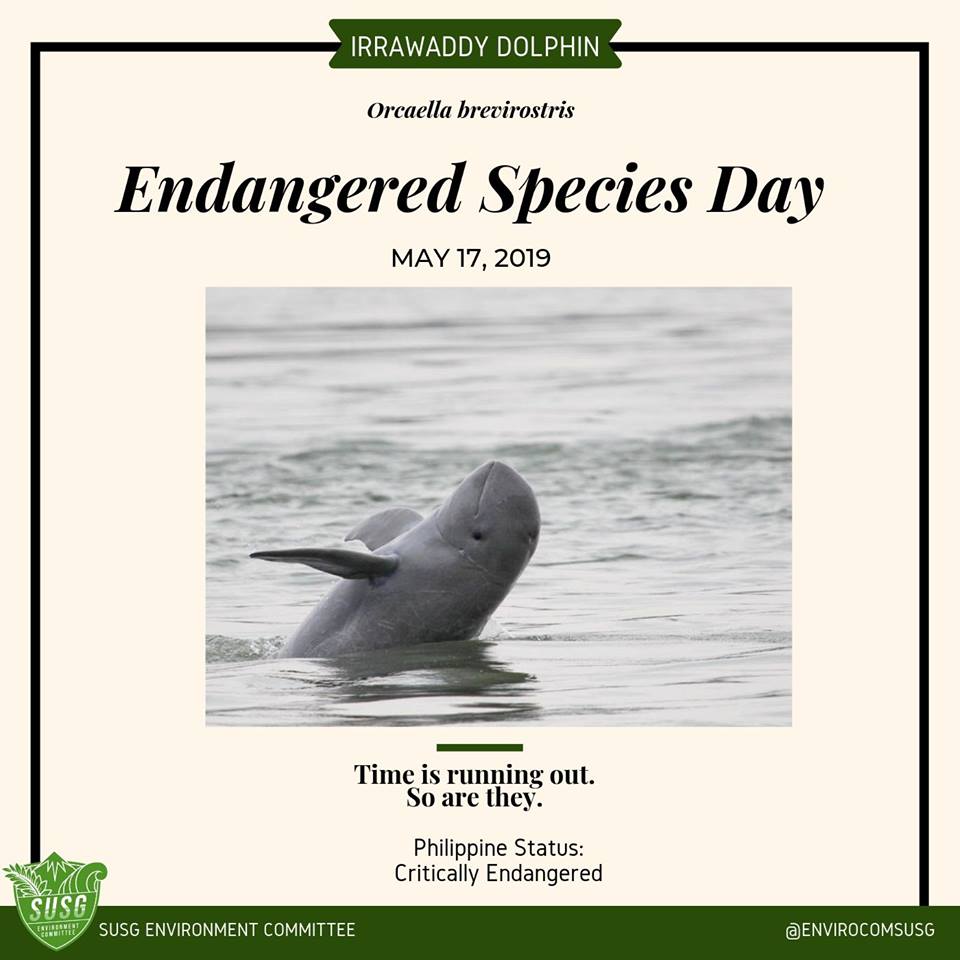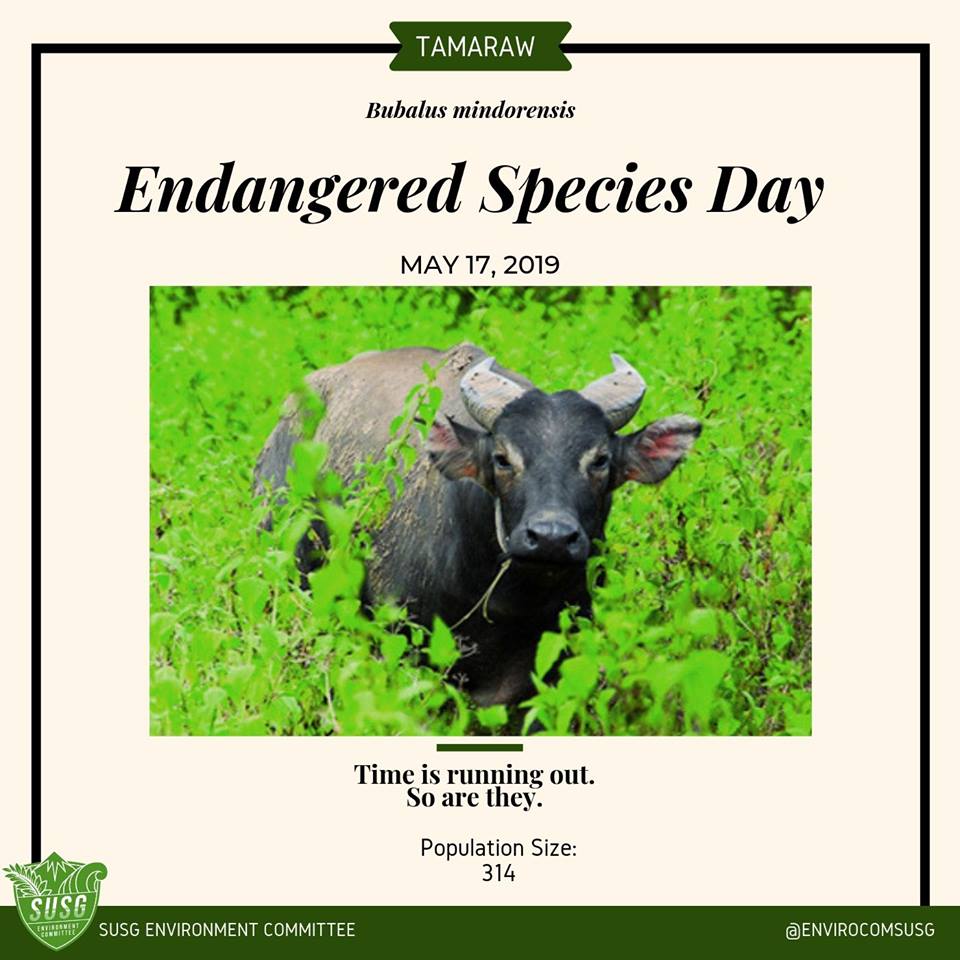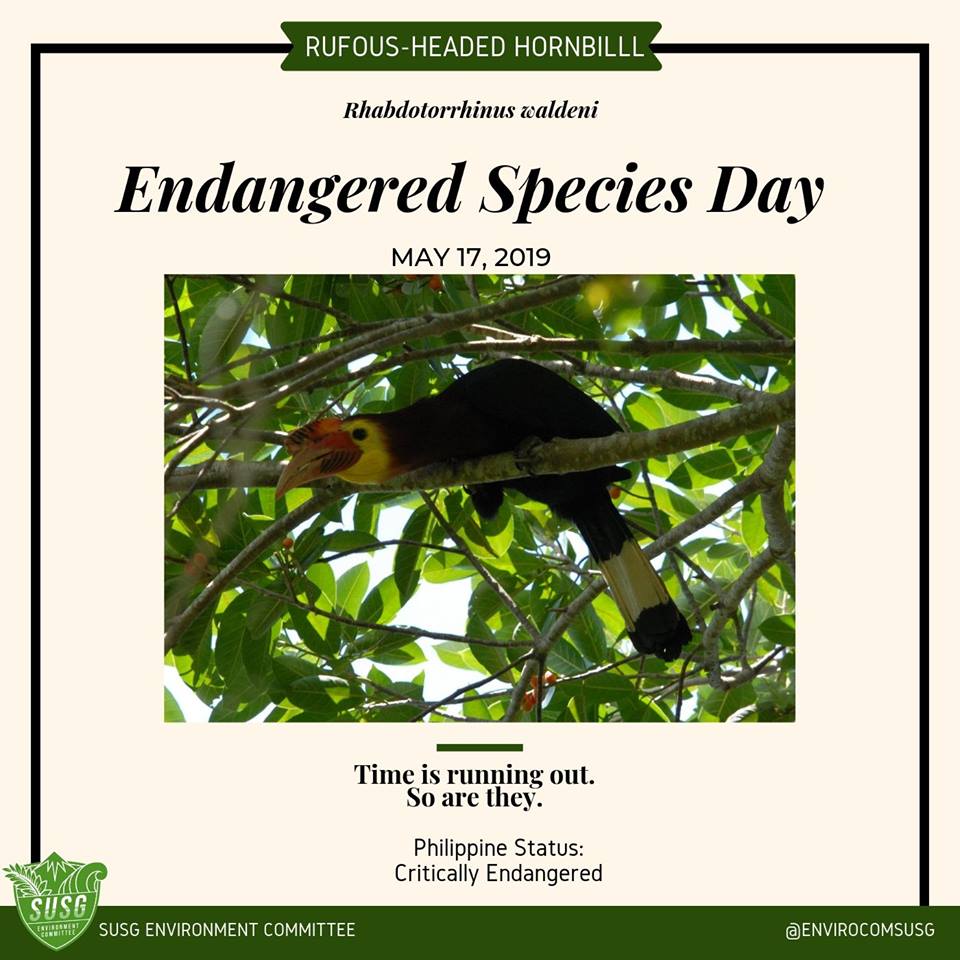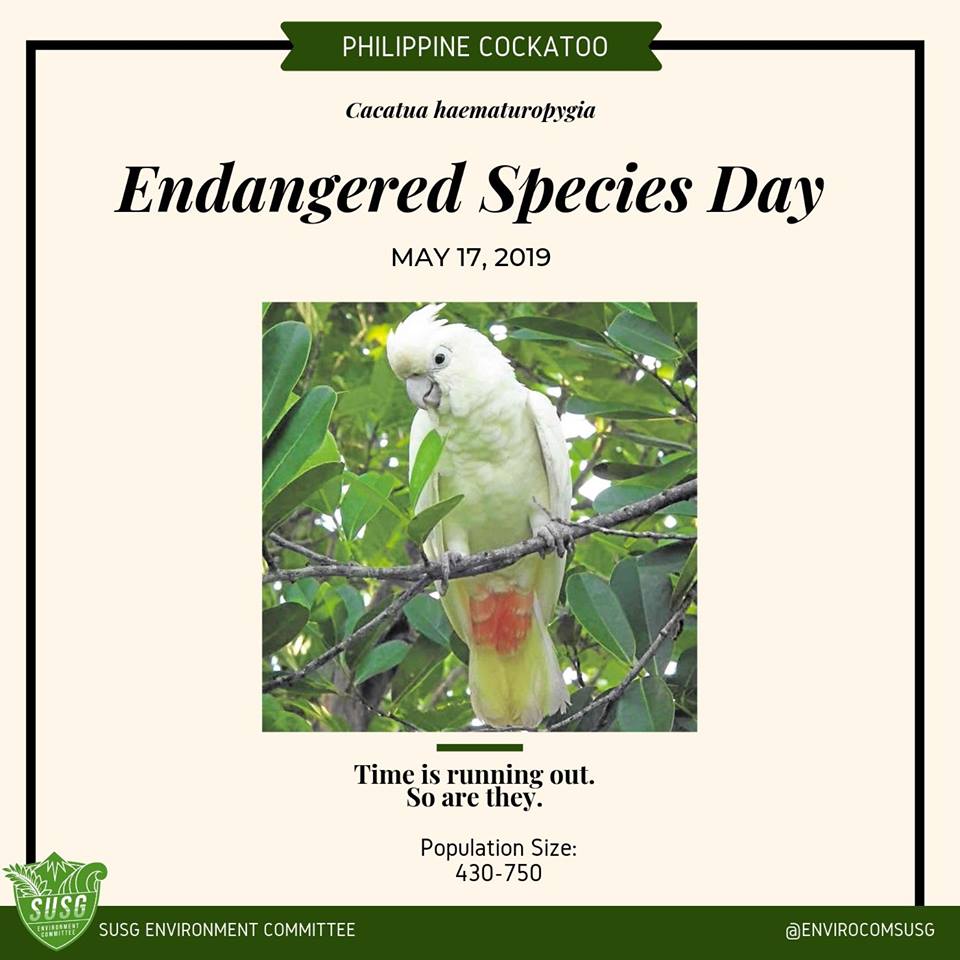According to The World Atlas, “megadiversity” refers to countries that harbor a “high total number of species including a significant percentage of endemic species.” And for a country to be classified as “megadiverse”, it must have at least 5,000 species of endemic plants and border a marine ecosystem.
The Philippines is considered to be one of the 17 megadiverse countries in the world. The country’s forest ecosystem hosts a diverse array of plant and animal species. As a matter of fact, the Department of Environment and Natural Resources (DENR) reported that the Philippines is home to more than 52,177 described species, which are only indigenous to the region. Although the Philippines has a “high degree of land and animal endemism,” it is also tagged as a biodiversity hotspot as the number of endangered and threatened species continues to grow due to habitat loss and inhumane animal activities.
In order to shed light on species extinction, here is a list of the most critically endangered species in the Philippines as shared by the SUSG Environment Committee.
Philippine Eagle

Considered to be one of the rarest birds in the world, the Philippine Eagle is a giant creature that can only be seen in the 4 islands of the Philippines—including Luzon, Samar, Leyte, and Mindanao. According to the Philippine Eagle Foundation, these species need around 4,000-11,000 hectares of forest land in order to survive in the wild, depending on the number of prey items in the area. But due to illegal logging and shooting, there’s a possibility that the future generation won’t get a glimpse of “Haring Ibon.”
Irrawaddy Dolphin

The Irrawaddy dolphin is a species that belongs to the family of oceanic dolphins. Although they bear a resemblance to Belugas (white whales,) they are actually taxonomically closely related to the killer whale, Orca. In an article published by The Maritime Review, about 90% of the world’s Irrawaddy Dolphin population lives in the coastal areas of South and Southeast Asia including Bangladesh, India, Indonesia, Vietnam, Laos, Cambodia, Myanmar, Thailand, and the Philippines. Sadly, this dolphin species is currently at risk of extinction because of fisheries bycatch and habitat loss—thanks, humans.
Visayan Warty Pig

In the Visayan Region of the Philippines, a “wild pig” is facing a high risk of extinction. The Visayan warty pig or locally known as baboy ilahas is a forest-dwelling pig that helps in spreading seeds of other plant species. The National Geographic reported that warty pigs used to inhabit the region’s six islands but due to habitat loss and hunting, they became limited to Panay and Negros. In 2008, IUCN listed them as “critically endangered”, but with the help of wildlife conservationists, they are gradually rebuilding their numbers in the wild.
Negros Bleeding Heart

The Negros Bleeding Heart dove, which is one of the most elusive birds in the world, can only be found in Negros and Panay’s lush rainforest. The reason why they were called “bleeding-hearts” is that their chest has a red or orange patch of plumage that seems like a puncture wound. Although they were known for being elusive and shy, this species was not spared from extinction. IUCN cited that their current population trend is declining, making them critically endangered.
Hawksbill Turtle

For the last 100 million years, sea turtles have spent their entire lives traveling the world’s vast oceans while helping maintain a balanced marine ecosystem. But species of sea turtles like the hawksbill are struggling to make it to the future due to illegal wildlife activities such as poaching, over-exploitation, and habitat destruction.
Tamaraw

The critically-endangered tamaraw is a small, stocky buffalo that is endemic to the Philippine island of Mindoro. According to the Department of Environment and Natural Resources, the tamaraw population used to be around 10,000 in the 1900s, but when a rinderpest outbreak happened in the 1930s, their number had decreased. Fast-forward to the present, Mindoro dwarf buffalo’s population stands at around 300.
Philippine Naked-Backed Fruit Bat

The Philippine naked-backed fruit bat is known to be the largest cave-dwelling bats in the country and is only native to Cebu and Negros. As early as 1970, this rare species of megabat has already been “presumed extinct” due to hunting and habitat destruction. In 2008, IUCN officially listed the Philippine naked-backed fruit as critically endangered.
Rufous-headed Hornbill

The Walden’s hornbill, also known as the Visayan wrinkled hornbill, Rufous-headed hornbill or Writhed-billed hornbill is another bird species that need protection. Originally, this colorful and distinctive bird nestled on the island of Negros, Panay, and Guimaras in the Philippines. But because of deforestation, hunting, and nest poaching, the Rufous-headed hornbill’s population became “extremely small and severely fragmented” and was subsequently restricted to the areas of Negros and Panay.
Philippine Cockatoo

According to Katala Foundation, the Red-vented cockatoo or locally known as “katala” or “kalangay” was a common species that used to inhabit the Philippine archipelago. They were considered pests (mostly by farmers) as they usually feed on seeds, fruits, flowers, and crops. In 1994, their population was around 1,000 to 4,000. But because of deforestation and cagebird trade, their population trend drastically decreased in number. In 2017, IUCN listed the Philippine cockatoo as a critically endangered species.
Philippine Crocodile

Another rare animal that is endemic to the Philippines is the Philippine crocodile, also known as the Mindoro crocodile. They used to be common throughout the country but because of habitat loss, dynamite fishing and killings by humans, these freshwater crocodiles can now only be found on the islands of Dalupiri, Luzon, and Mindanao. Currently, their population size is at 92-137.
Humans have always caused plant and animal extinction through deforestation, illegal wildlife trading, and hunting, among others. The extinction clock is ticking—and we humans are only speeding up the nature crisis.


